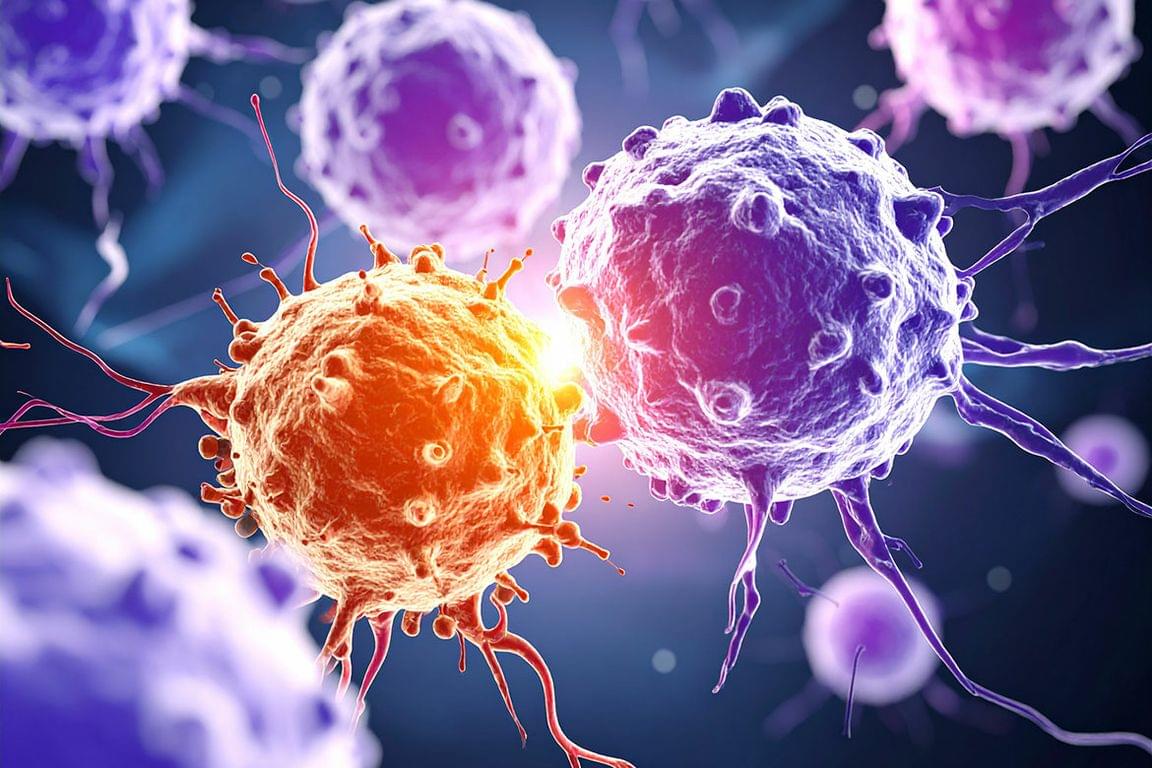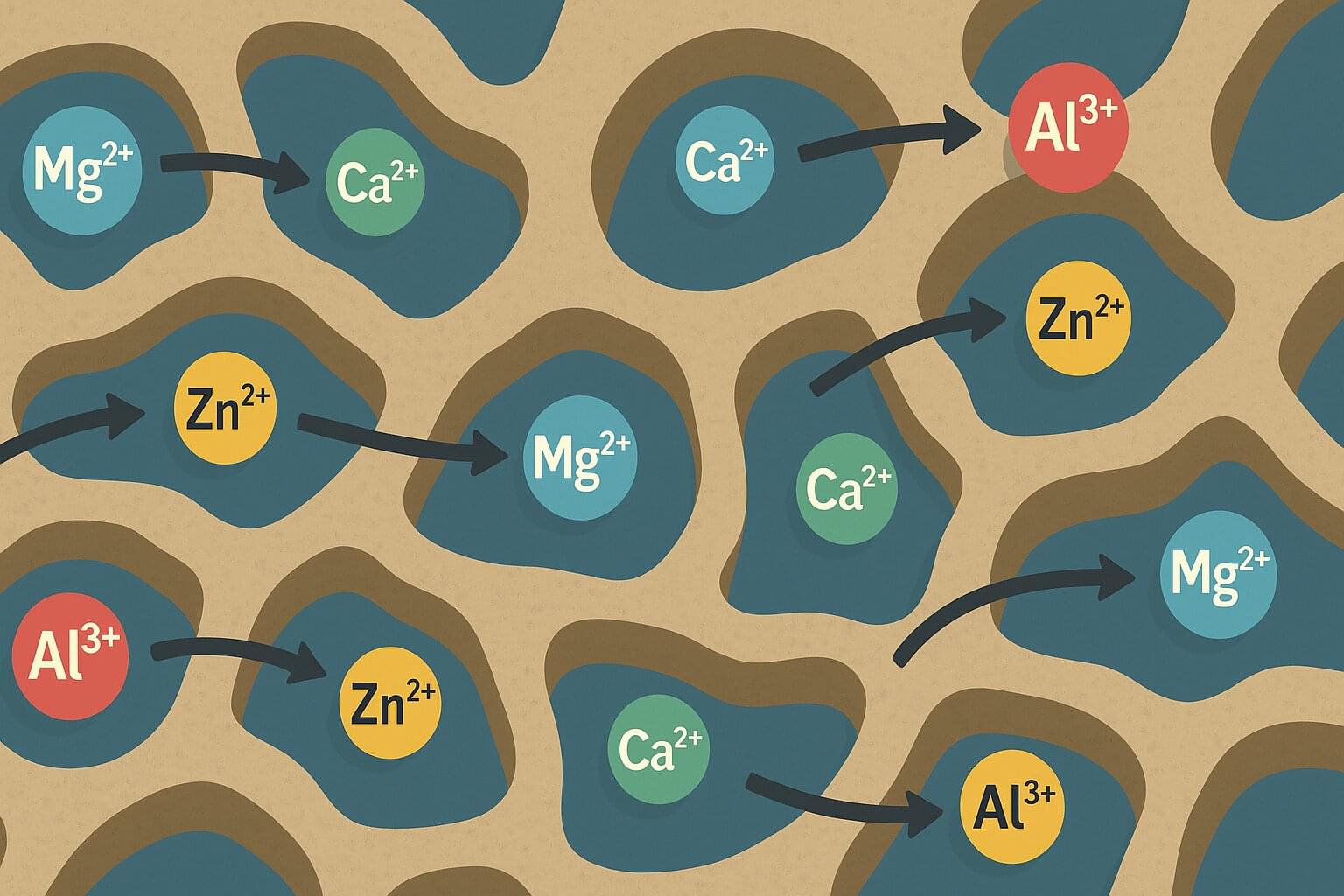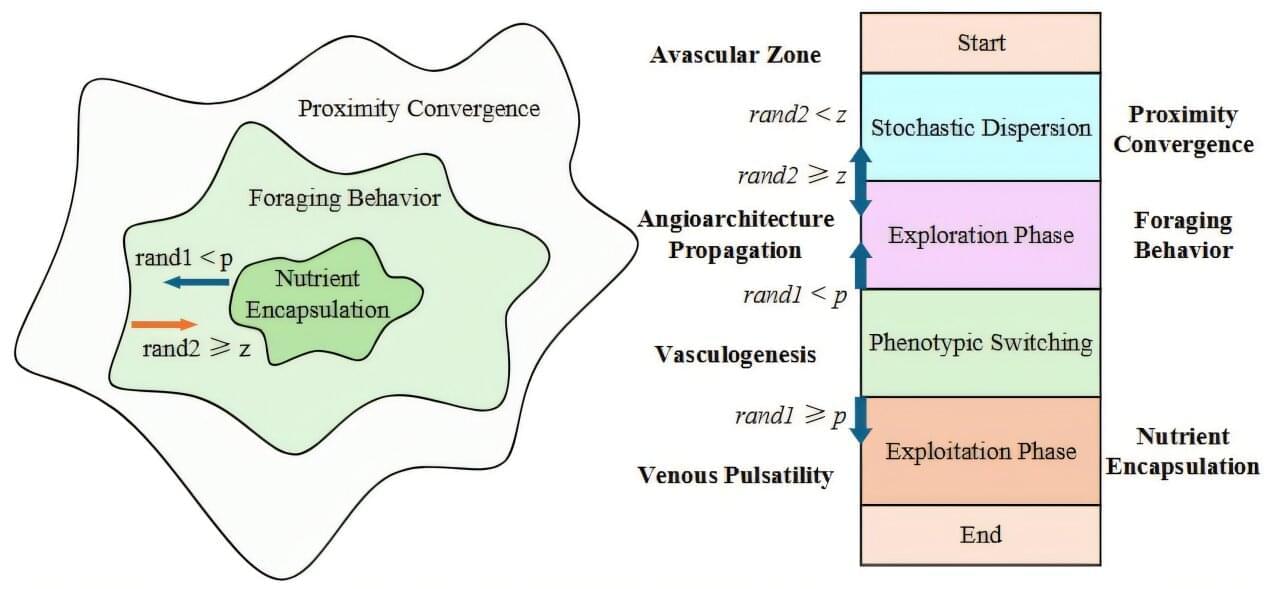Researchers are working to launch a first-in-human clinical trial to test the approach.



Hundreds of millions of people around the world suffer from neurological disorders or have experienced them intermittently, which has significantly reduced their quality of life. The common treatments for neurological disorders are relatively expensive and may lead to a wide variety of side effects including sleep attacks, gastrointestinal side effects, blood pressure changes, etc. On the other hand, several herbal medications have attracted colossal popularity worldwide in the recent years due to their availability, affordable prices, and few side effects. Aromatic plants, sage (Salvia officinalis), lavender (Lavandula angustifolia), and rosemary (Salvia Rosmarinus) have already shown anxiolytics, anti-inflammatory, antioxidant, and neuroprotective effects. They have also shown potential in treating common neurological disorders, including Alzheimer’s disease, Parkinson’s disease, migraine, and cognitive disorders. This review summarizes the data on the neuroprotective potential of aromatic herbs, sage, lavender, and rosemary.
A neurological disorder is described as any condition that results in functional or structural damage to the nervous system. Neurological disorders account for the second main cause of death globally and the first main cause of disability as they typically cause cognitive impairment or sensorimotor dysfunction leading to reduced quality of daily life. Due to the high mortality and morbidity rate of neurological disorders, preventive and therapeutic strategies are crucial. The conventional medications administered for treating neurological disorders are associated with different adverse events; hence, the possible therapeutic effects of natural products on neurological conditions have been addressed by many researchers in the recent years (Ahmadi et al., 2022). A variety of herbal medications have gained the attraction of researchers in the last decade, due to their availability, lower price, and rare side effects (Abdel-Aziz et al., 2016).
Aromatic herbs such as sage (Salvia officinalis), rosemary (Salvia Rosmarinus), and lavender (Lavandula angustifolia) have shown promising neuroprotective effects in the recent studies (Kashani et al., 2011; Jamison, 2012; Jemia et al., 2013; Alvi et al., 2019; Mohseni et al., 2020; Caputo et al., 2021). Salvia Rosmarinus is an evergreen herb that belongs to the Lamiaceae family. Salvia Rosmarinus naturally grows in dry scrub and rocky areas in the Mediterranean regions of southern Europe to western Asia and has potential antibacterial, antifungal, antioxidant, and anti-inflammatory features (Leporini et al., 2020). The therapeutic effects of Salvia Rosmarinus on a variety of cognitive disorders such as Parkinson’s disease, neuroblastoma, glioblastoma, and epilepsy have been suggested (Park et al., 2008; de Oliveira et al., 2016; Giacomelli et al., 2016; El Alaoui et al., 2017; Yildirim and Kitis, 2020). Lavandula angustifolia is a well-known aromatic herb in the Lamiaceae family.

We developed a robust epigenetic clock to estimate age from two wild polar bear subpopulations using blood samples. There was a correlation between epigenetic (DNAm) and chronological age throughout the polar bear lifespan. Polar bears in the wild have a lifespan of approximately 25 years (Rode and Stirling 2018), thus the clock estimates age to ±3% of the polar bear lifespan, although we caution that age estimates may be less accurate for older individuals. Advantages to this method include obtaining more accurate age estimates compared to cementum annuli-derived ages and leveraging samples likely already routinely collected (e.g., blood, tissue) during capture, as opposed to pulling teeth. Further, archived samples or previously extracted DNA may be used for DNAm analysis, extending the value of existing samples and saving money on DNA extraction costs. Our results complement other polar bear clocks (Newediuk et al. 2024, 2025) and provide additional support for the use of DNAm methods to estimate the age of wild mammals (De Paoli-Iseppi et al. 2017).
Our DNAm method estimates polar bear age with a MAE of 0.75 years. In contrast, accuracy of cementum annuli for aging polar bears to within 1 year of actual age has ranged from 32% to 75% (Calvert and Ramsay 1998 ; Christensen-Dalsgaard et al. 2010 ; Hensel and Sorensen 1980). Cementum annuli age estimates are less accurate when made by less experienced observers (Christensen-Dalsgaard et al. 2010 ; Hensel and Sorensen 1980 ; McLaughlin et al. 1990) and can vary between laboratories by 10 years (Christensen-Dalsgaard et al. 2010). For example, in one lab, multiple female polar bears were aged at ~10 years, while a second laboratory aged them at 20 years old (Christensen-Dalsgaard et al. 2010). Our method removes these sources of error. We do, however, acknowledge a potential source of technical error, given that all but three of the tooth-aged samples were run on one plate, and the majority of our known age samples were run on another plate.


Health officials are sending a warning to residents in Gulf Coast states after eight people are dead from the flesh-eating bacteria called Vibrio vulnificus.
On Thursday, July 31, the Louisiana Department of Heath confirmed 17 cases of the flesh-eating bacteria this year, all of which resulted in hospitalizations. Additionally four cases resulted in death. About 75% of those cases were due to wound infection via seawater.
Additionally, the Florida Department of Health confirmed 13 cases and four deaths from Vibrio this year. Both Mississippi and Alabama have also reported single cases, neither fatal.


Researchers from New Jersey Institute of Technology (NJIT) have used artificial intelligence to tackle a critical problem facing the future of energy storage: finding affordable, sustainable alternatives to lithium-ion batteries.
In research published in Cell Reports Physical Science, the NJIT team led by Professor Dibakar Datta successfully applied generative AI techniques to rapidly discover new porous materials capable of revolutionizing multivalent-ion batteries. These batteries, using abundant elements like magnesium, calcium, aluminum and zinc, offer a promising, cost-effective alternative to lithium-ion batteries, which face global supply challenges and sustainability issues.
Unlike traditional lithium-ion batteries, which rely on lithium ions that carry just a single positive charge, multivalent-ion batteries use elements whose ions carry two or even three positive charges. This means multivalent-ion batteries can potentially store significantly more energy, making them highly attractive for future energy storage solutions.
Surgeons at The Johns Hopkins Hospital have performed the world’s first total penis and scrotum transplant.
The patient suffered a devastating injury several years ago from an improvised explosive device while serving in Afghanistan. He is now recovering at the hospital after the 14-hour procedure in late March, which repaired his abdominal wall, gave him a new scrotum and attached a donor penis.
“We are optimistic he will regain near-normal urinary and sexual functions,” said W. P. Andrew Lee, director of plastic and reconstructive surgery at the Johns Hopkins University School of Medicine.

As e-commerce platforms grow ever more reliant on cloud computing, efficiency and sustainability have come to the fore as urgent pressures on development. A study published in the International Journal of Reasoning-based Intelligent Systems has introduced an innovative approach to the problem based on a slime mold algorithm (SMA). The work could improve both performance and energy efficiency for e-commerce systems.
At the core of the work is the development of BOSMA—the Balanced Optimization Slime Mold Algorithm. The SMA is a heuristic optimization technique inspired by the natural behavior of slime molds.
Slime molds are useful models for algorithms because they excel at finding efficient paths through complex environments and adapting to changing conditions. Moreover, they do so without any central control system. They can explore their surroundings by sending out multiple tendrils, pseudopodia, in different directions, adjusting their shape and connections in response to feedback such as nutrient availability or obstacles.